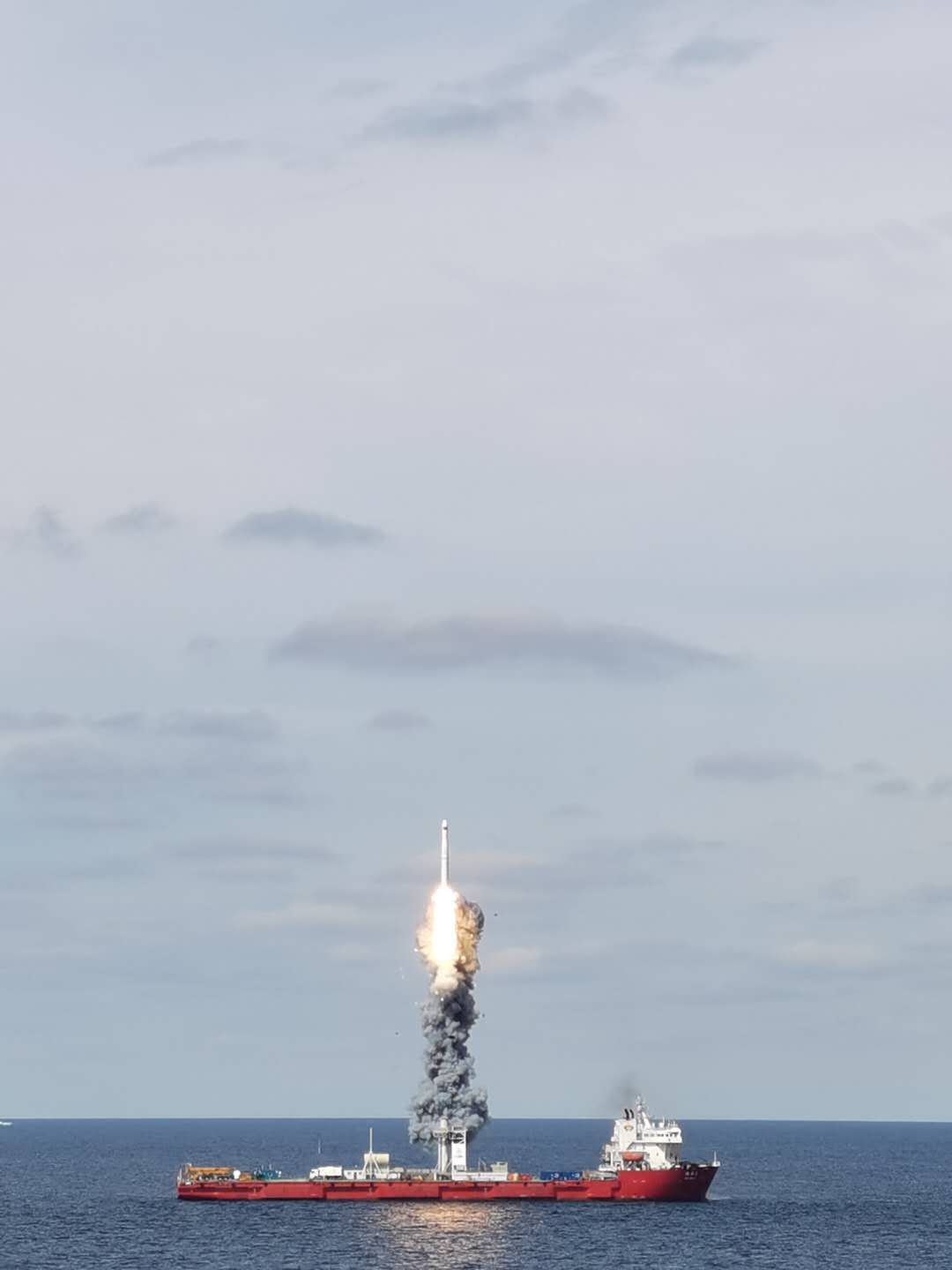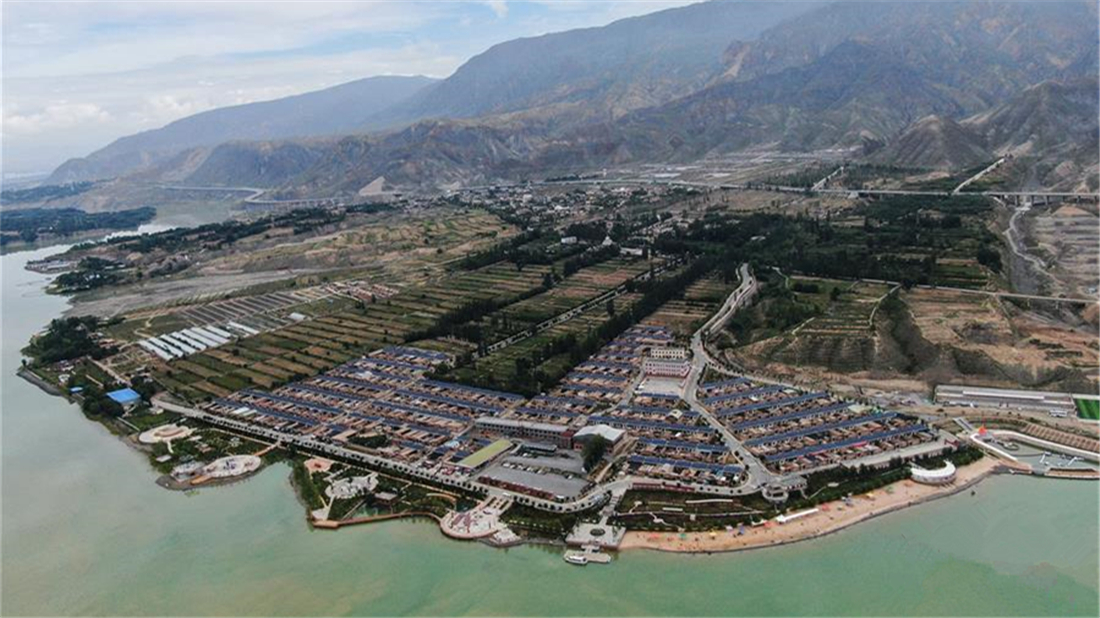China's second sea-based space launch places 9 satellites in orbit
发布时间:2020-09-15 10:56:55 | 来源:China Daily | 作者: | 责任编辑:
China launched a Long March 11 solid-propellant carrier rocket from a ship in the Yellow Sea on Tuesday morning, sending nine satellites into orbit in the nation's second sea-based launch mission.
The Long March 11-HY2— the 10th member of the Long March 11 family— blasted off at 9:22 am from the Debo 3, a self-propelled deck barge that was modified for the mission.
About 13 minutes later, after traveling 535 kilometers, it deployed nine Jilin 1 high-resolution Earth-observation satellites— three to take videos and six to take photographs— in sun-synchronous orbits.
Each of the satellites, developed by Changguang Satellite Technology in Changchun, Jilin province, weighs about 42 kilograms. They will provide remote-sensing services to users in fields such as agriculture, forestry, land resources and environmental protection.
The Debo 3 belongs to the salvage bureau in Yantai, Shandong province. It is 159.6 meters long and 38.8 meters wide and has a carrying capacity of 20,500 metric tons. The ship is electrically propelled, with a maximum speed of 22.2 kilometers per hour.
The entire flight was controlled and monitored by engineers on board a support ship anchored several kilometers from the Debo 3. Spectators, including reporters and invited guests, were on board a large passenger liner nearby.
The mission helped to optimize seaborne launch procedures and improve the safety and reliability of such operations, laying a foundation for frequent sea-based launches in the future, said Jin Xin, the rocket's deputy project manager.
Peng Kunya, the rocket's chief designer, said the sea area used in Tuesday's launch can be used in future missions to lift satellites into sun-synchronous orbits, adding that the advantages of sea-based launches— higher efficiency, flexibility and safety— will attract more clients.
Designed and built by the China Academy of Launch Vehicle Technology, the Long March 11 is the only solid-fuel rocket in the Long March family, the pillar of China's space programs.
It is 20.8 meters long, has a diameter of 2 meters and a liftoff weight of 58 tons. The academy says it can place satellites in low-Earth orbits or sun-synchronous orbits.
It made its debut flight in September 2015 from the Jiuquan Satellite Launch Center in northwestern China's Gobi Desert.
The 10 Long March 11 launches to date— eight land-based and two sea-based— have placed 51 satellites in orbit.
The rocket's first ship-based launch took place in the Yellow Sea in June last year and sent seven satellites into orbit.























